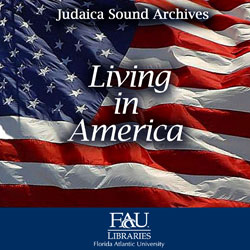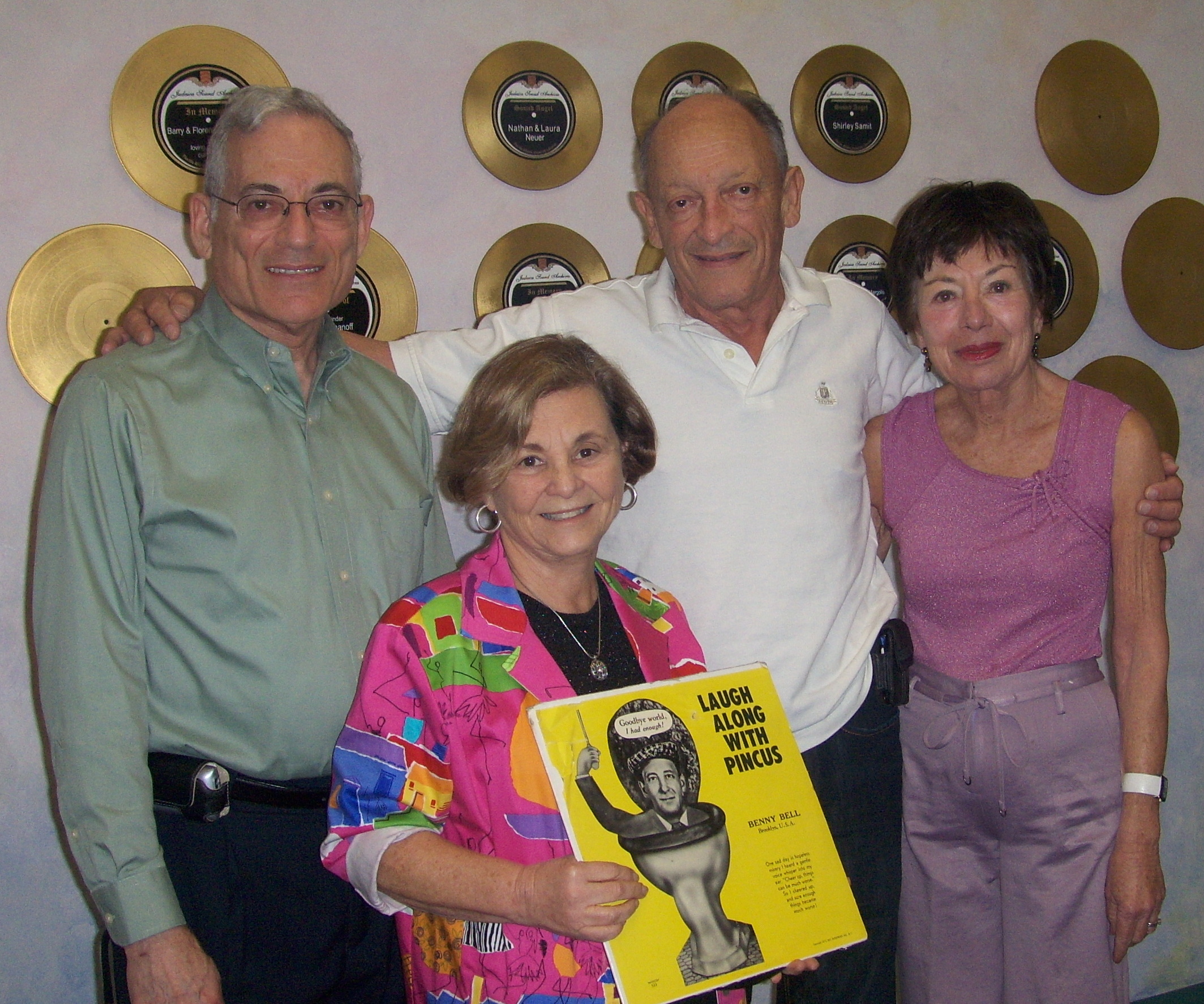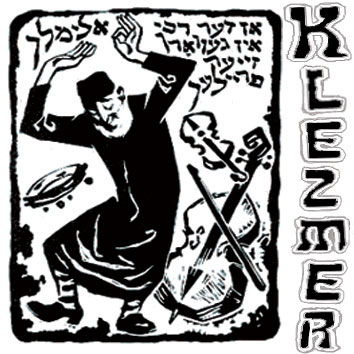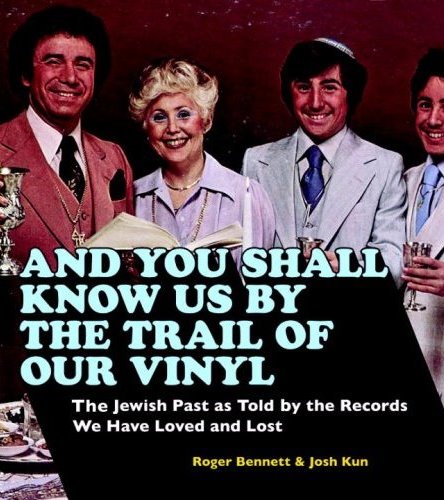 Now you can celebrate the 4th of July and your Jewish heritage at the same time.
Now you can celebrate the 4th of July and your Jewish heritage at the same time.
This new compilation of songs from the Judaica Sound Archives at Florida Atlantic University Libraries in Boca Raton, FL is about the American Jewish experience.
It contains Yiddish songs recorded during the early 20th century and expresses a Jewish immigrant perspective on New York, Coney Island and other things distinctly American. Read More About This…
 Digital Access & Online Collections, Events & General Interest, Judaic Collection, Music History & Performer Highlights
|
Digital Access & Online Collections, Events & General Interest, Judaic Collection, Music History & Performer Highlights
|  Aaron Lebedeff, Alma Gluck, America, Benny Bell, Frank Sinatra, Irving Berlin, Josef Feldman, Judy Caplan Ginsburgh, Molly Picon, Pesach Burstein, Seymour Rexite
Aaron Lebedeff, Alma Gluck, America, Benny Bell, Frank Sinatra, Irving Berlin, Josef Feldman, Judy Caplan Ginsburgh, Molly Picon, Pesach Burstein, Seymour Rexite

Chuck Samberg and Gloria Magida (on right) visit the JSA to donate recordings to Nathan Tinanoff and Maxine Schackman (holding record album).
Valentine’s Day is certainly not a Jewish holiday. But who says Jews can’t celebrate love? Read More About This…
 About the RSA
|
About the RSA
|  Benny Bell, Four Bursteins, Gadi Elon, Gewirtz, Jewish Music, Josh Kun, Oysher, phonograph records, Roger Bennett, Rosenblatt, vintage phonograph recordings, vinyl
Benny Bell, Four Bursteins, Gadi Elon, Gewirtz, Jewish Music, Josh Kun, Oysher, phonograph records, Roger Bennett, Rosenblatt, vintage phonograph recordings, vinyl
 Now you can celebrate the 4th of July and your Jewish heritage at the same time.
Now you can celebrate the 4th of July and your Jewish heritage at the same time.

